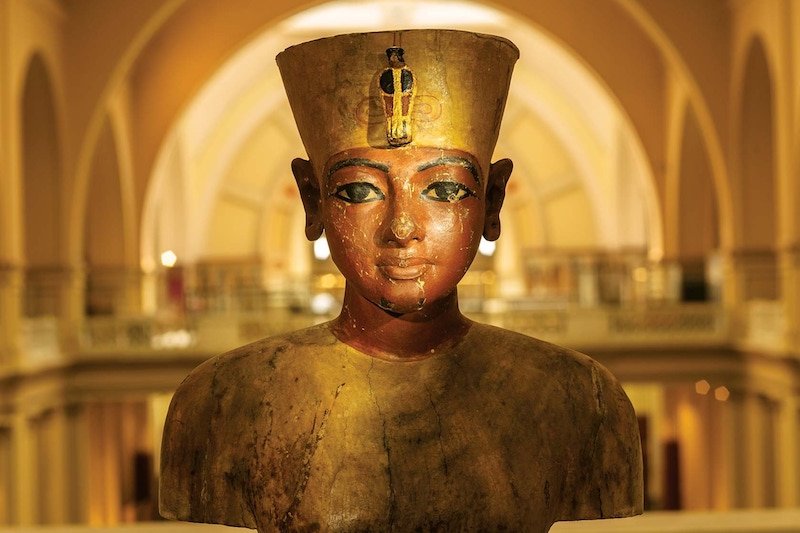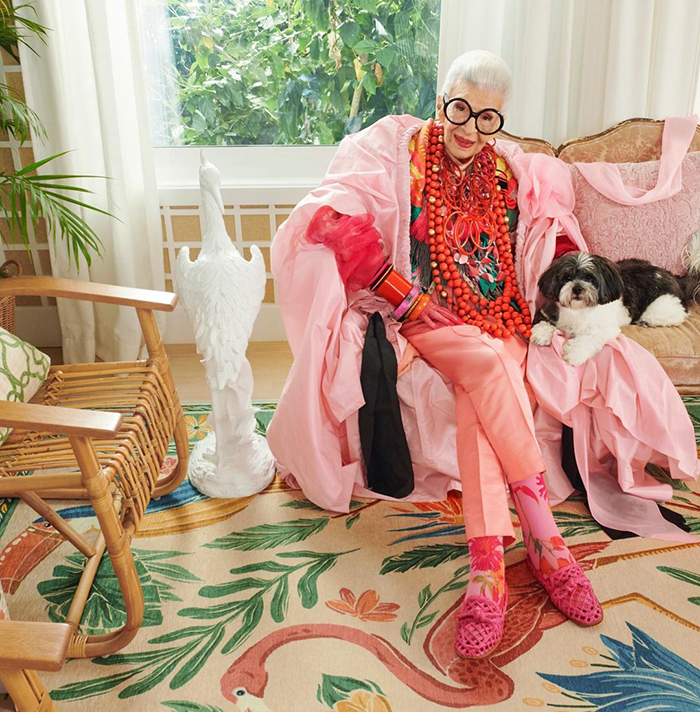After the exhumation of the pharaoh’s tomb in 1922, the Tutankhamun craze influenced everything from Hollywood to fashion and even advertising.
The world had never seen anything like it. In late 1922, British archaeologist Howard Carter discovered a dazzlingly jeweled royal tomb in Egypt’s Valley of the Kings, untouched for 3,300 years. The owner of the tomb, the young pharaoh Tutankhamun Nebkheperure, better known today as Tutankhamun, instantly became a media sensation. According to Carter, the newspapers couldn’t get enough of him or his astonishing wealth, embodied in the “sad but serene expression” of his shimmering solid gold mask.
As the archaeologist carefully exhumed and cataloged the gilded items from his tomb, the young king, who had died at the age of 19 with little real worth, was reincarnated as a trendsetting superstar.
In February 1923, a New York Times correspondent in Luxor wrote: “There is only one topic of conversation, one topic that all men visualize in their minds. You cannot escape the name Tut-ankh-Amen anywhere. The name echoes through the streets and hotels as local shops advertise Tut-ankh-Amen art, Tut-ankh-Amen hats, Tut-ankh-Amen trinkets, Tut-ankh-Amen photographs. Today, every hotel in Luxor has something in the Tut-ankh-Amen style.”
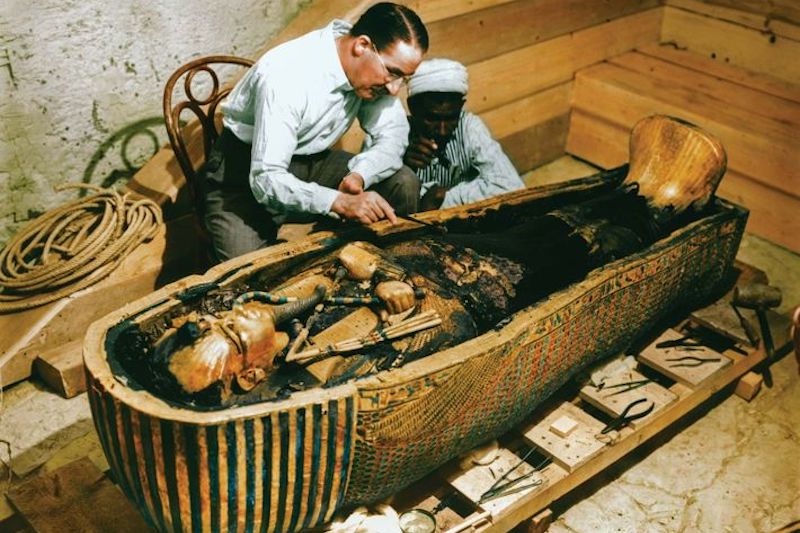
Fashion Madness
Fashion and ancient Egyptian history may not seem like a natural mix, but after Tutankhamun’s discovery they collided head-on. Dress and coat fabrics began to be decorated with motifs such as palm trees, lotus flowers and sphinxes. Glove bracelets were decorated with hieroglyphic motifs. Bags, umbrellas and cigarette cases were Egyptianized.
Fashionable young women wore headbands with cobra motifs and snake-shaped bracelets wrapped around their arms. There were even Tutankhamun-inspired hats, beaded evening dresses with dropped waists and cut-out sleeves, and ibis-headed walking sticks.
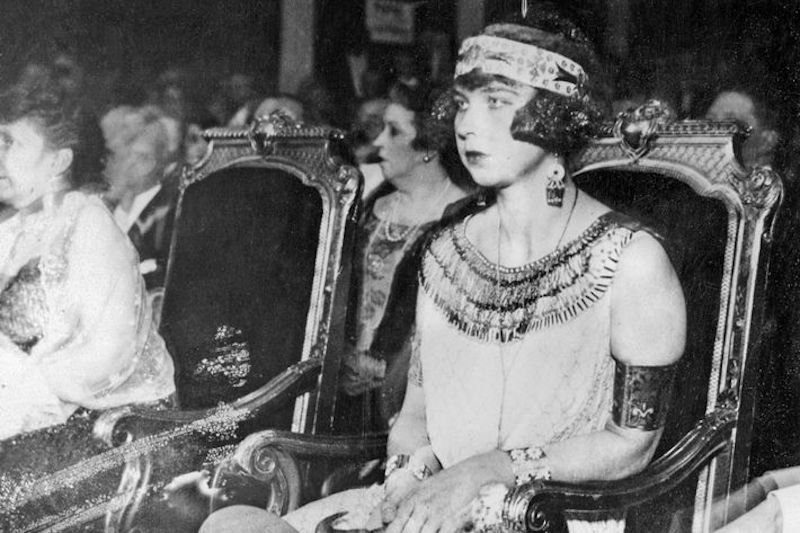
Top jewelers designed Egyptian-themed ornaments, often using motifs from Tutankhamun’s own ornate clothing. Cartier, the French purveyor of luxury goods for modern royalty, created pieces in gold studded with diamonds, sapphires, emeralds and onyx, including a dazzling brooch in the form of a winged scarab and a glittering mother-of-pearl watch in the form of a doorway to an ancient Egyptian temple.
Beauty products also caught the trend, linking with Egypt’s exotic nobility. After the Victorian era, when makeup was associated with sex workers, women began wearing Egyptian-inspired “kohl” on their eyes. Face powders began to be packaged in Egyptian-style boxes. Short hairstyles influenced by ancient Egyptian looks were also very fashionable.

Artistic Impact
The discovery of Egypt has also inspired artists, writers and actors, sometimes in strange ways. In the 1920s, magician Charles Joseph Carter, known by the stage name “Carter the Great”, promised to “bring the secrets of the sphinx and the wonders of Tutankhamun’s tomb to the modern world”.
Author Rchard Goyne portrayed the young pharaoh Tutankhamun in his 1923 book “The Pharaoh’s Kiss: The Love Story of Tut-Ankh-Amen”, published in 1923. In the story, as he struggled for the throne, he faced many obstacles, including an effort to find his missing royal bride.
The song “Old King Tut” burst onto the music scene in 1923, when young people were crazy about a new and popular dance called the Charleston. In the movie world, “The Mummy” starring Boris Karloff in 1932 brought the story of an archaeologist, a mummy wrapped in strips of linen and a curse to the stage. The plot centered on a series of strange deaths that occurred after the discovery of Tutankhamun’s tomb – including Lord Carnavron, the aristocratic sponsor of the dig, who died as little as five months after the discovery.
Development in the Design World
The discovery of Tutankhamun’s tomb provided new inspiration for architects trained in the European style. Egyptian motifs became fashionable, especially in architectural settings – notably the elevator doors of the Chrysler Building in New York.
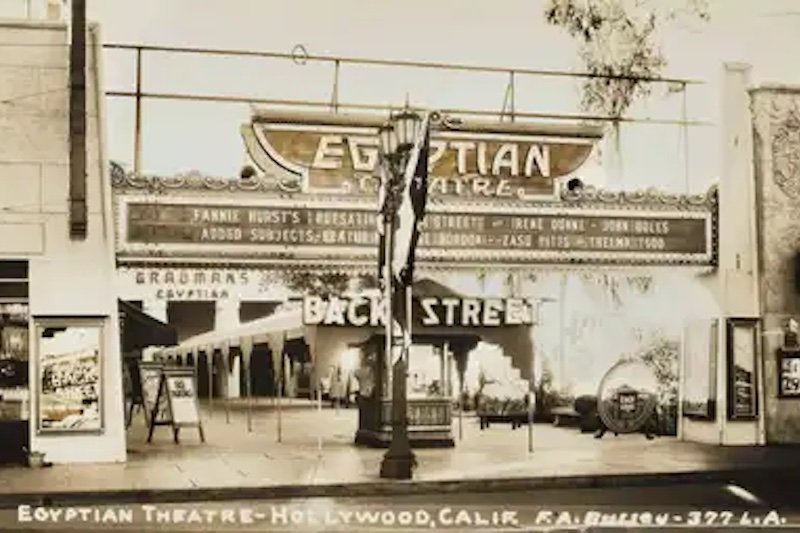
But it was in movie theaters where the Egyptian influence really began. It began with “Grauman’s Egyptian Theater” on Hollywood Boulevard in Los Angeles, originally imagined in the Spanish style. With the discovery of the tomb, the design became one of pharaonic splendor, including faux hieroglyphs, scarabs and papyrus-shaped columns surrounding the movie screen.
The cinema opened in October 1922, five weeks before Howard Carter discovered Tutankhamen’s tomb. This fortuitous timing with the birth of Hollywood would inspire the construction of nearly four dozen Egyptian-themed theaters in cities across the country by the end of the decade, leaving traces of Egyptian designs in many others.
Advertising Tools
The world of advertising was also affected by the Tutankhamun fever, and products were associated with Egypt’s exotic nobility, even if they had nothing to do with them. A newspaper advertisement for a typewriter showed the machine next to a pyramid, touting both as enduring milestones in human history. Postcards showing the young pharaoh adorned cigarette cartons. Lemons were marketed under the brand name “King Tut” and were more popular than unbranded ones.
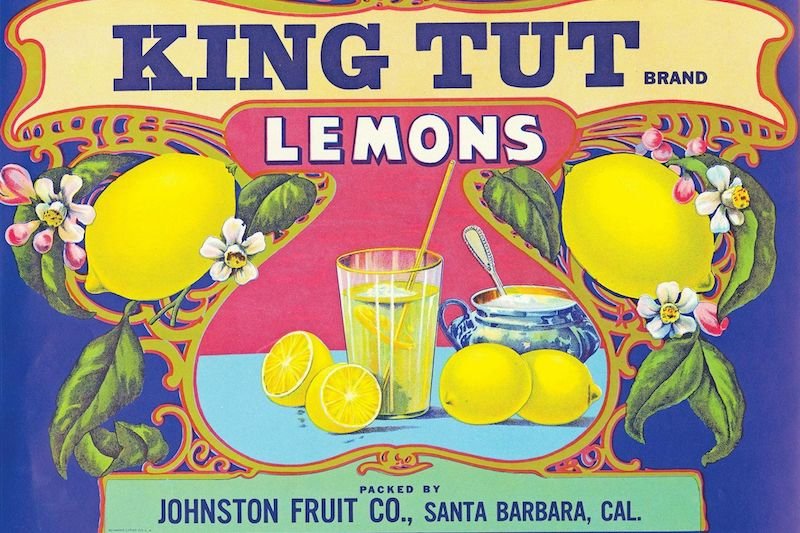
Tutankhamun Forever
Tutankhamun was not forgotten after the initial euphoria. In 1976, his mummy, along with his treasures, was shipped to the United States as part of a six-city exhibition called “The Treasures of Tutankhamun”. With people lining up for hours to enter the exhibition hall, visitor records were broken, eventually reaching eight million visitors.
National Geographic. November 1, 2022.

